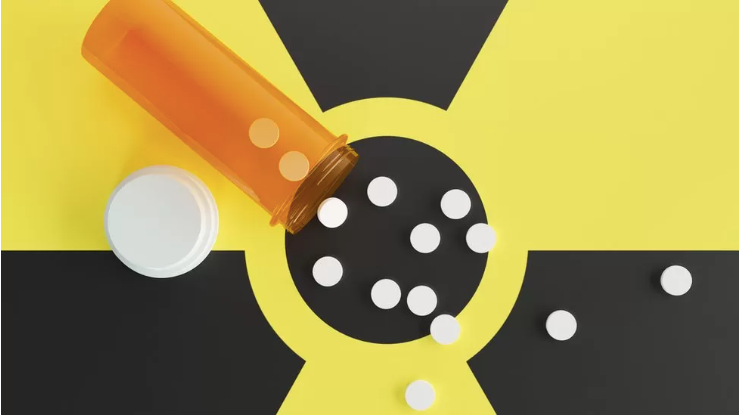US Begins First Human Trial of Dirty-Bomb Antidote
The US National Institutes of Health (NIH) announced Monday that the first-in-human trial of an experimental drug designed to remove radioactive contaminants from the human body, known as HOPO 14-1, has begun.

Facts
- The US National Institutes of Health (NIH) announced Monday that the first-in-human trial of an experimental drug designed to remove radioactive contaminants from the human body, known as HOPO 14-1, has begun.1
- If the drug performs as expected, it will be used as a useful tool to treat individuals exposed to harmful radiation from events such as a nuclear power plant accident or exposure to a dirty bomb — a weapon that combines radioactive material with common explosives.2
- The clinical trial, conducted by SRI International and funded by the NIH's National Institute of Allergy and Infectious Diseases, will include 42 healthy participants between the ages of 18 and 65. The current phase of the trial is designed to check for safety, with participants taking different doses of HOPO 14-1 and reporting any side effects.1
- If found to be safe and effective against radioactive contaminants such as uranium, neptunium, plutonium, americium, and curium, it will be added to the stockpile as another drug for use in addition to two different intravenous drugs, iodine pills, and Prussian blue tablets.3
- Radioactive contamination can harm a person's organs, tissues, and DNA, resulting in a variety of ailments, such as cancer.2
- The development of preventative and treatment drugs has been a multi-decade effort because, while there has never been a successful dirty bomb attack, there have been attempts. In 1996 and 1998, security services found and defused one dirty bomb planted by Chechen rebels in Moscow and another placed near a rail line in Chechnya.2
Sources: 1National Institutes of Health (NIH), 2BBC News, and 3Bolly Inside.
Narratives
- Establishment-critical narrative, as provided by Scientific American. The US' inability to implement adequate treatments for radiation exposure is just another facet of its failed nuclear preparedness. While the age-old iodine pill is still around, there's still no magic bullet for individuals exposed to extreme or prolonged high levels of radiation. The government must diversify the drug and the cancer treatment industry to gain interest, support, and funding before it can be successful.
- Pro-establishment narrative, as provided by NBC. Despite talk of nuclear "Armageddon," the US has taken measures to ensure that Americans are protected from radiation exposure and radiation sickness in the unlikely event of nuclear war. The US Dept. of Health and Human Services spent $290M on the drug Nplate to bolster the Strategic National Stockpile. However, if an impending doomsday scenario was really credible, the government would be spending far more money on much larger amounts of such medicine.






